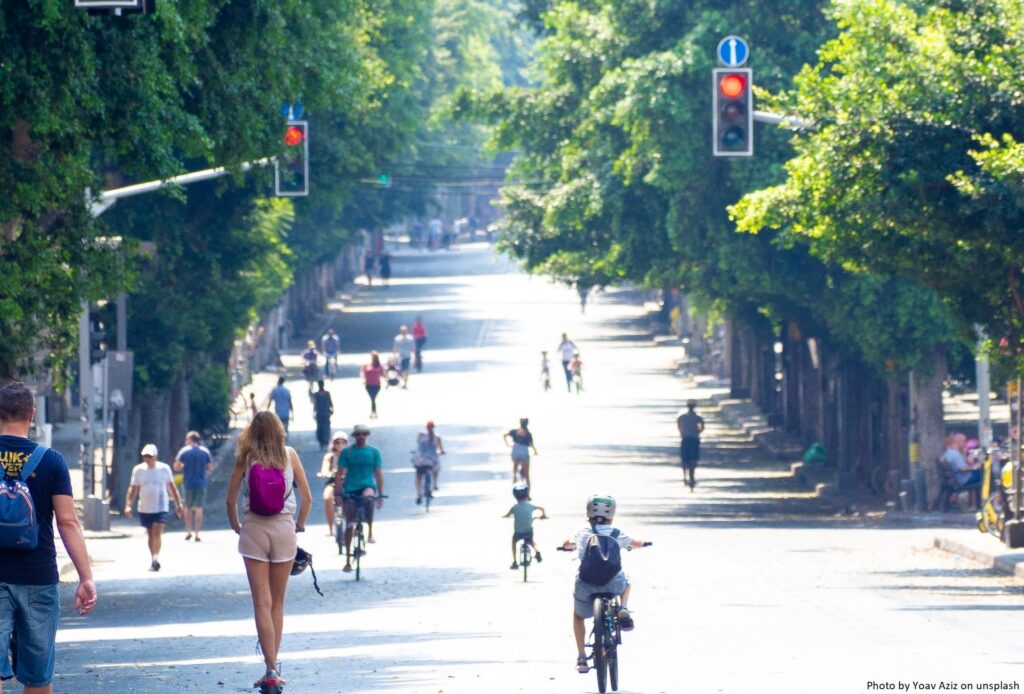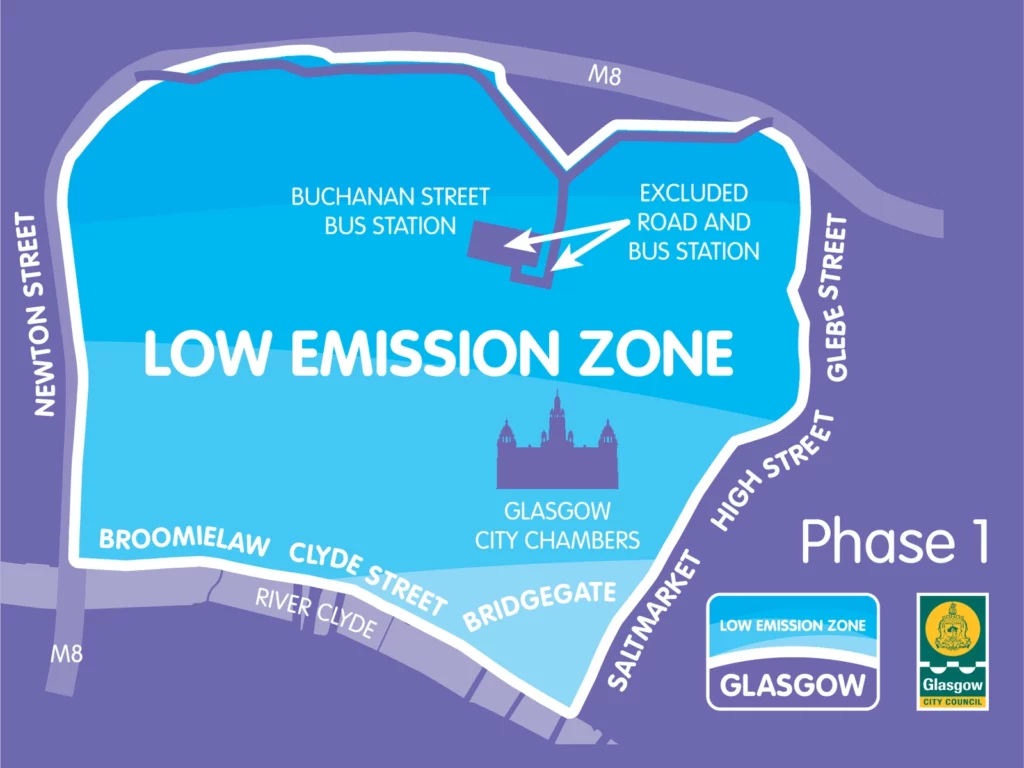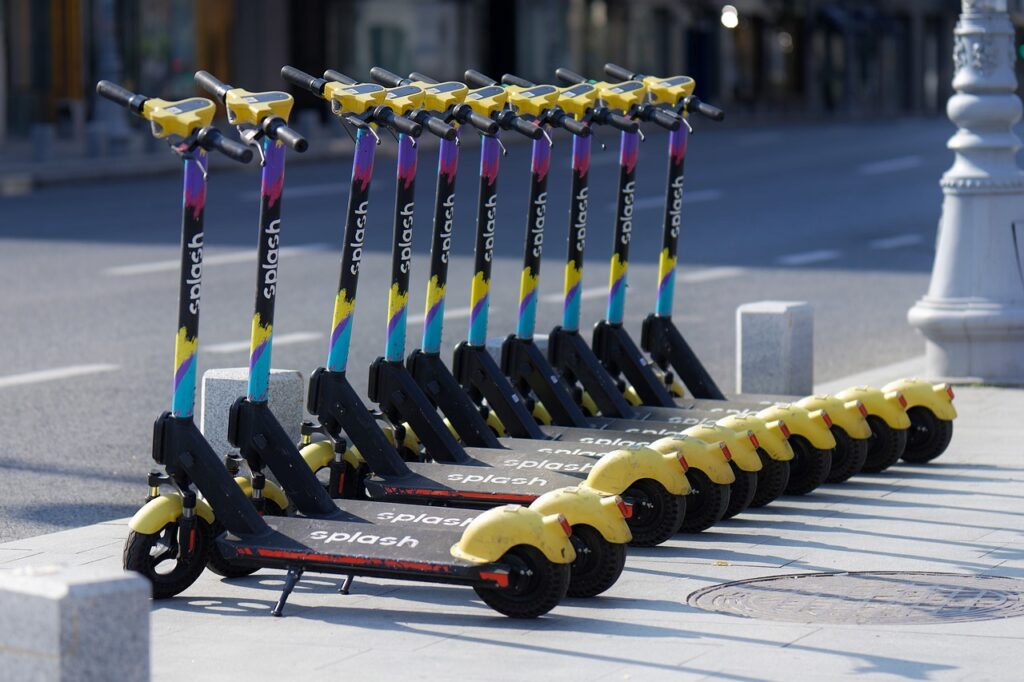8 steps to walkability
All our journeys begin and end with a walk and many are only walking. Walking is the foundation of how we move and is the essential ingredient in an integrated, multi- and intermodal transportation system, enabling access to local neighbourhoods services and to public transport services for destinations further afield.
Walkability is the cornerstone of the sustainable city that is space efficient and reduces congestion, air and noise pollution and carbon consumption. It is both a utilitarian mode of travel for trips to work, school, or shopping, and a health and recreational activity. It is a socially equitable mode of transport that is available to the vast majority of the population, across class, gender and age. Walking is the most accessible and affordable way to get exercise.
Walking promotes mental and physical health and is recognised by the WHO as an essential contributor to an individual’s physical activity needs. People who live in walkable neighbourhoods have higher levels of “social capital,” and are more likely to know their neighbours, participate politically and be socially engaged.
But how can local leaders deliver transformative change?
Walk21 provides training to support a city through these steps illustrated with international examples from other cities.
A mayor needs to communicate a vision for the city that values walking and liveability; commit to the principles of putting pedestrians first; commission research on walking behaviour and current walkability conditions; promote public participation in planning and in public life; review policies, standards and regulations; and encourage interdisciplinary collaboration to deliver the vision.
The 8 steps explore how civic leaders can Engage local communities to map their needs so that targeted actions can then respond at relevant locations with appropriate measures to benefit those with the greatest need, commission an assessment of current walkability and review policies, standards and regulations to enable walkability.
- Step 1: Is committing to making walking better, and Walk21 calls on leaders to sign the International Charter for Walking, a common policy reference with 8 key principles and 34 illustrative actions, developed by experts from more than 35 countries.
- Step 2: Practitioners must invest in understanding walking behaviour, and the International Walking Data Standard allows the demand for walking to be measured in a consistent way, a key tool for those working in the field.
- Step 3: Is identifying potential, and working with local communities to examine what is needed, when and where. For example Walk21 used their STRIDE tool in the City of Medellin in partnership with FundaPeatón, to engage with local school children. This tool has been further developed into the Walkability.app.
- Step 4: Identifying deficiencies is then required. According to Walk21, “It is important to understand the conditions for every district of the city, and then develop policies and plans for the total pedestrian environment,” and they are developing a Qualitative Measures tool which will assist with evaluating walkability.
- Step 5: Moves to the policy and legislative level, where it is critical to review policies, standards and regulations to enable walkability.
- Step 6: Time to draw up an action plan. Walk21 notes the necessity for a multi-disciplinary institutional framework for planning and delivering walking that is ambitious and adds new value to current levels of service requires leadership, partnerships, resources, commitment to research and training, and monitoring and evaluation.
- Step 7: Developing a use case which proves the value and impact of change to engage the public in the value of reshaping urban mobility around walkability. For example, creating a pedestrian plaza, or leading a behaviour change campaign can communicate vision and inspire action across the city, raise the value of walking and increase engagement with and understanding of the importance of walkability.
- Step 8: Time to roll it out!
How to make a City Walkable
Successful approaches will vary by culture, place, and city size. Nevertheless, a few attributes contribute to the quality of walkability in most urban and suburban settings and a comprehensive approach and commitment by the local authority can deliver more walkable communities. This commitment and approach is set out in the International Charter for Walking and is illustrated in the comprehensive walking system diagram below.
Key steps to success include:
1. Increasing inclusive mobility
2. Well designed and managed spaces and places for people
3. Improved integration of networks
4. Supportive land-use and spatial planning
5. Reduced road danger
6. Less crime and fear of crime
7. More supportive authorities
8. A culture of walking
To find out more and view all the training tools, click here.







